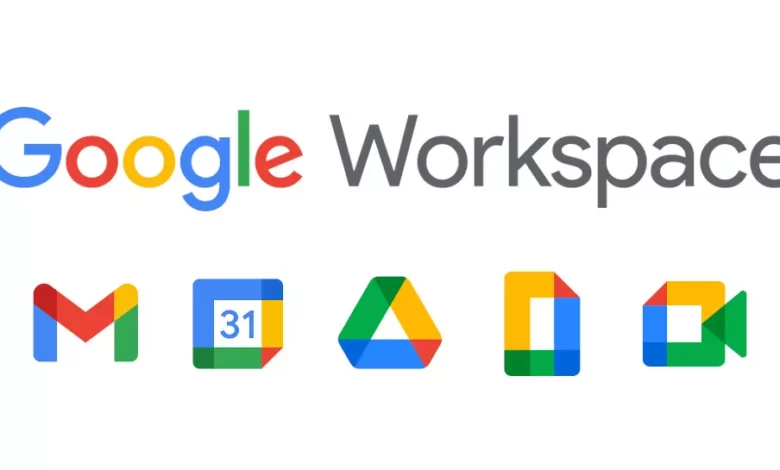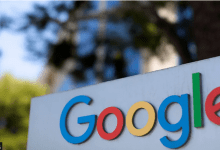
Users can now set accessibility options for each Google Workspace tool
A new accessibility-focused update should help visually-impaired users navigate Google Workspace much more easily, the company has revealed.
Rather than having the same accessibility settings universally across office software products such as Docs, Sheets, Slides, and Drawings, you’ll now be able to set preferences for each product individually.
Google Workspace says it expects the change to help users of screen readers, braille devices, and screen magnifiers ensure their accessibility settings are personalized to best meet each user’s needs.
How can I get started?
“Over the years, we’ve launched features to support our ongoing accessibility efforts to ensure our products work well for everyone,” the company wrote in a blog post announcing the launch.
“Rather than having the same accessibility settings apply across these products, you’re now able to set preferences for each product individually. We expect this change to make it easier to ensure accessibility settings are personalized to best meet each user’s needs.”
To activate the new feature, open up your document, spreadsheet, slide deck, or drawing and go to “Tools” and then “Accessibility” and select your preferred setting.
You can find a complete rundown of Google’s accessibility tools on offer by heading here.
The new feature is set for a gradual rollout in rapid release domains starting on August 15, and on August 29 for scheduled release domains.
The news is the latest in a long line of updates for Google Workspace users as the company looks to ensure its offering remains useful for users.
The search giant recently gave admin’s new setting to grant or deny their users access to emerging or experimental Google applications, indicating that we could see new experimental tools added to Google Workspace shortly.
Google Meet is now set to get an additional lay of security with client-side encryption, which Google claims gives users of the video conferencing service “direct control” of their data.
- Watching your pennies? Check out our guide to the best free office software
By Will McCurdy







![[1/3]An AI (Artificial Intelligence) sign is seen at the World Artificial Intelligence Conference (WAIC) in Shanghai, China July 6, 2023. REUTERS/Aly Song/File Photo Purchase Licensing Rights, opens new tab](https://www.ghanaiantimes.com.gh/wp-content/uploads/2024/03/Screenshot-2024-03-11-at-09-10-00-AI-talent-war-heats-up-in-Europe-e1710148354659-220x150.png)